 By Sharon Thomas (NaturalHealth365)
By Sharon Thomas (NaturalHealth365)
Sepsis, a body-wide infection that can progress to shock and organ failure, features a grim mortality rate of 30 to 50 percent. In fact, one out of every three patients who die in a hospital bed has sepsis – which claims a shocking 270,000 lives in the United States every year.
Now, a new study reveals that a revolutionary vitamin C-based protocol is slashing sepsis mortality rates – causing some to hail it as a ‘miracle.’
Of course, the extraordinary results come as no surprise to high-dose vitamin C pioneers – such as Dr. Thomas E. Levy – who have long advocated for the use of vitamin C in treating disease!
Vitamin C treatment caused mortality rates to plummet
To conduct the retrospective clinical study, researchers compared outcomes of 47 sepsis patients – treated with a combination of intravenous vitamin C, hydrocortisone and thiamine – with 47 sepsis patients treated with conventional medications.
And the results were astounding!
The progressive vitamin C treatment reduced mortality among the sepsis patients by 87 percent (when compared to patients who had been treated with standard therapy.)
Only four of the 47 patients treated with the progressive therapy died – as opposed to 19 of the 47 conventionally-treated patients.
In addition, not one of the patients in the vitamin C group developed organ failure. Furthermore, all of them were able to be weaned off vasopressors (used to ward off dangerous drops in blood pressure that can strike sepsis patients) more quickly than the conventionally-treated group.
Medical professionals deem the mixture a “miracle juice”
The study, which was published in the journal Chest, involved patients at Sentara Norfolk General Hospital in Norfolk, VA.
The patients received the vitamin therapy under the care of Dr. Paul E. Marik. Dr Marik, chief of pulmonary and critical care at Eastern Virginia Medical School, instituted the protocol after reading about intravenous vitamin C in medical journals.
The simple, non-toxic protocol consists of 1.5 grams of intravenous vitamin C every six hours for four days, 200 mg of thiamine – or B1 – every twelve hours for four days, and 50 mg of hydrocortisone every six hours for seven days, followed by a three-day taper.
Over 700 patients in the United States have been treated with Dr. Marik’s protocol to date – at a cost of about $60 per patient.
Compare this to the hundreds of thousands of dollars spent to treat sepsis patients with standard medications!
In an article in The Virginian-Pilot, an ICU nurse at Sentara Norfolk marvels at the treatment results, saying she had witnessed “one patient after another” experiencing remarkable results. “They’d be at death’s door and, 24 to 48 hours later, they had turned around,” she reported.
Is it any wonder that the mixture is commonly referred to by some on the hospital staff as “miracle juice?”
Learn more: https://www.naturalhealth365.com/sepsis-inflammation-2718.html

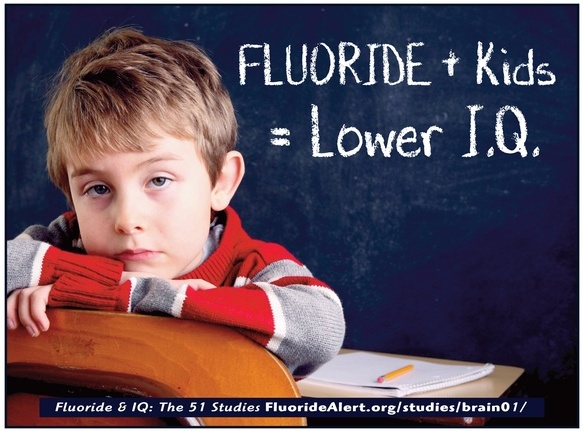 By Alex Pietrowski
By Alex Pietrowski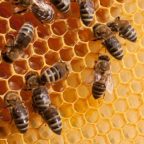 By Catherine J. Frompovich
By Catherine J. Frompovich
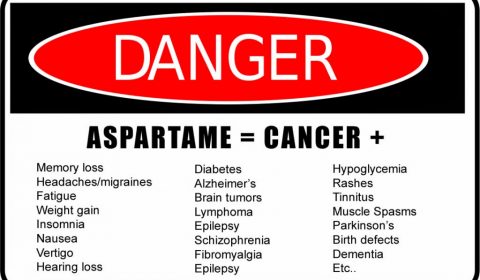 Video Transcript by Ty Bollinger
Video Transcript by Ty Bollinger Photo shows the incompetence using lethal 1080 in a river bed. NZ Department Of Conservation workers attempting to pick up spilled toxic bait, most of which will have washed through the gravel and into the water table.
Photo shows the incompetence using lethal 1080 in a river bed. NZ Department Of Conservation workers attempting to pick up spilled toxic bait, most of which will have washed through the gravel and into the water table.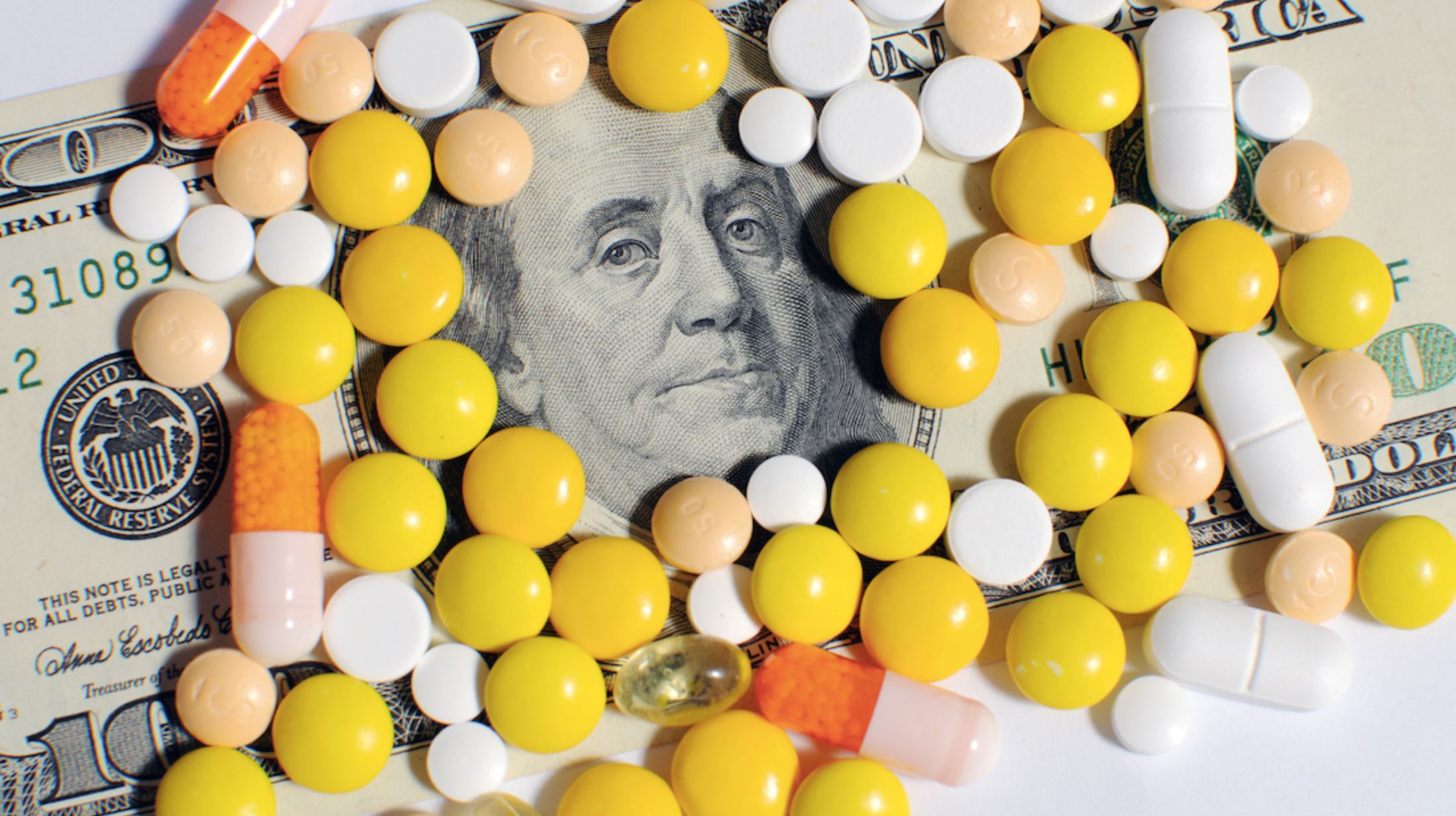 By Catherine J. Frompovich
By Catherine J. Frompovich By Dr. Mercola
By Dr. Mercola By
By 
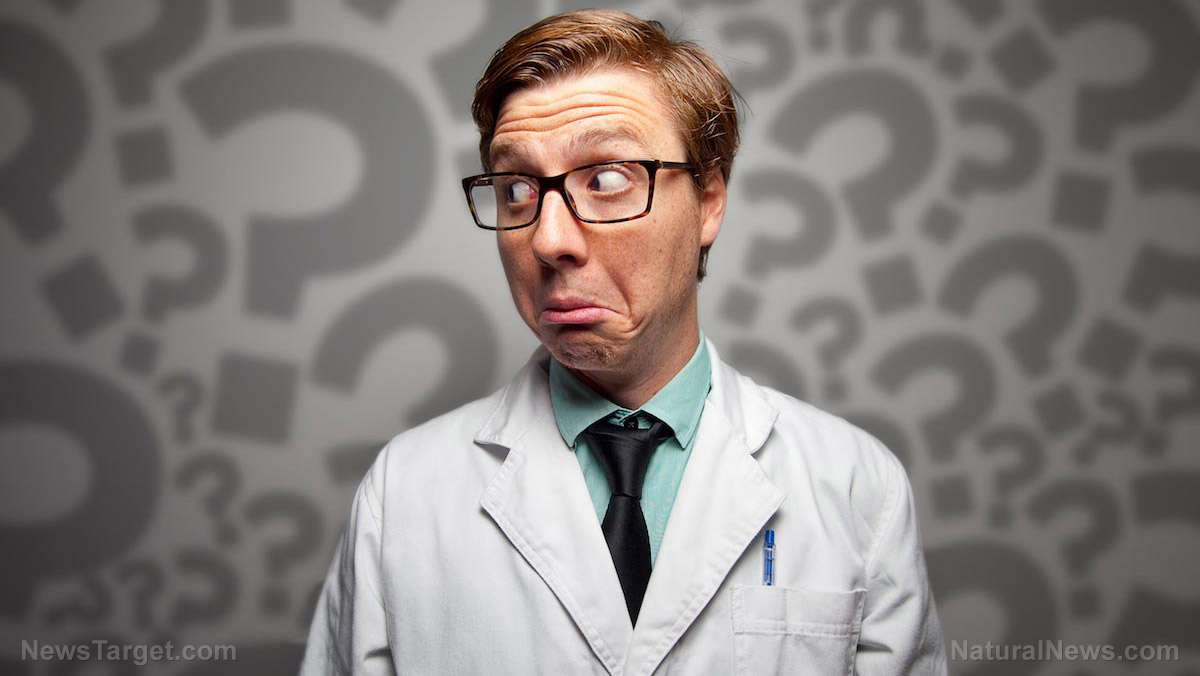 By Rhonda Johansson
By Rhonda Johansson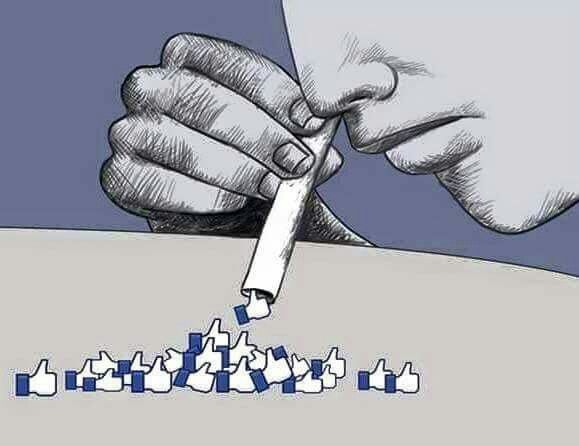 By:
By:  By:
By:  By Jonathan Landsman
By Jonathan Landsman By Lori Alton
By Lori Alton This is a MUST WATCH video by Melissa Dykes – TruthstreamMedia.com
This is a MUST WATCH video by Melissa Dykes – TruthstreamMedia.com This brain control technique and many others were actually developed by the deep state years ago and this ability is active right not through the “Cell” towers in almost all western countries. Are you having trouble getting to sleep or regularly waking up at 3am? Welcome to the misuse of advanced technology.
This brain control technique and many others were actually developed by the deep state years ago and this ability is active right not through the “Cell” towers in almost all western countries. Are you having trouble getting to sleep or regularly waking up at 3am? Welcome to the misuse of advanced technology. The deep state is tricking the local councils in communities worldwide to install blue light street lights on the pretext that they are cheaper because they draw less power. But this is another depopulation thrust because it causes sleep deprivation that we cannot afford and the disruption to the body’s natural rhythms.
The deep state is tricking the local councils in communities worldwide to install blue light street lights on the pretext that they are cheaper because they draw less power. But this is another depopulation thrust because it causes sleep deprivation that we cannot afford and the disruption to the body’s natural rhythms.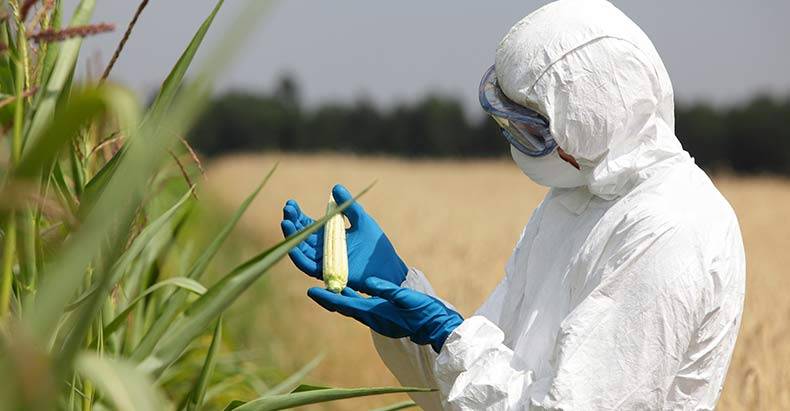 Monsanto Invests Over $100 Million To Change The DNA Of Every Food Plant
Monsanto Invests Over $100 Million To Change The DNA Of Every Food Plant